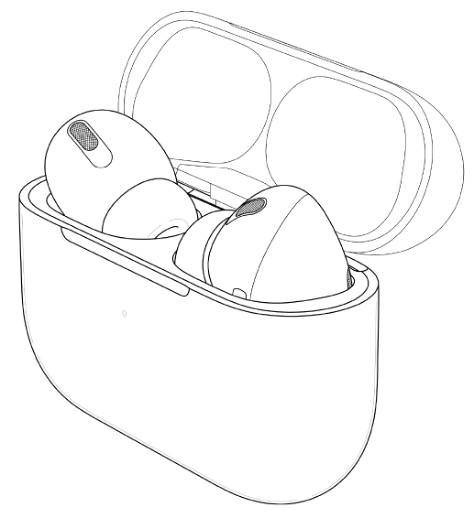
Protecting Your Intellectual Property in the Age of 3D Printing: Challenges and Solutions
Introduction
3D printing has revolutionized the manufacturing industry by allowing the creation of complex and customized objects at a low cost. However, this technology has also given rise to new challenges in the area of intellectual property protection. In this article, we will explore the challenges of protecting your intellectual property in the age of 3D printing and provide some solutions to mitigate these risks.
Understanding 3D Printing
Before we discuss the challenges, it’s important to understand how 3D printing works. It’s a process of creating a physical object from a digital design file. The design file is created using Computer-Aided Design (CAD) software or obtained from an online database. The design file is then uploaded to the 3D printer, which uses additive manufacturing to create the object by building it layer by layer.
Challenges of Protecting Your Intellectual Property in 3D Printing
With the ease of access to 3D printing technology and design files, the risk of intellectual property theft has increased. Some of the challenges that businesses face in protecting their intellectual property in the age of 3D printing include:
- Design File Misuse: It’s easy for someone to download a design file from an online database and use it to create a physical object without permission from the owner of the intellectual property rights.
- Counterfeit Products: 3D printing makes it possible for counterfeiters to create exact replicas of products, which can harm the reputation and sales of the original product.
- Reverse Engineering: 3D printing can enable reverse engineering of a product, which can lead to the creation of similar products without permission from the owner of the intellectual property rights.
- Infringement of Design Patents: 3D printing can infringe on design patents, which protect the ornamental design of a product. This can be a particular concern for fashion and jewelry industries.
Solutions to Protect Your Intellectual Property in 3D Printing
To mitigate the risks of intellectual property theft in 3D printing, businesses can take the following measures:
- Use Watermarking: By adding a digital watermark to the design file, businesses can protect their intellectual property rights and detect any unauthorized use.
- Copyright and Patent Protection: It’s important to register copyright and patent protection for the design files and products to prevent others from misusing them. Design patent protection can be particularly useful for protecting the ornamental design of a product.
- Use NDAs: Businesses can use Non-Disclosure Agreements (NDAs) to prevent the sharing of confidential information related to their products.
- Monitor Online Databases: Monitoring online databases for any unauthorized use of design files can help businesses detect and prevent intellectual property theft.
Conclusion
As 3D printing technology continues to advance, businesses need to be proactive in protecting their intellectual property rights. By understanding the challenges of protecting intellectual property in the age of 3D printing and implementing solutions such as watermarking, copyright and patent protection (including design patents), NDAs, and monitoring online databases, businesses can mitigate the risks of intellectual property theft and safeguard their intellectual property rights.



Interpretation of Section 3(i) of the Indian Patent Act, 1970 in the Context of Non-Invasive Prenatal Testing
Introduction The advent of Non-Invasive Prenatal Testing (NIPT) has revolutionized…

Branded Medicines vs. Generic Medicines: The Role of Patents
In the pharmaceutical industry, the distinction between branded and generic…

Utility Patents vs Design Patents (Industrial Designs)
While the definition of Patent merely covers…
Categories
Recent Discussions
Interpretation of Section 3(i) of the Indian Patent Act, 1970 in the Context of Non-Invasive Prenatal Testing
Introduction The advent of Non-Invasive Prenatal Testing (NIPT) has revolutionized prenatal diagnostics, enabling expectant parents to assess the genetic health of the fetus…
Recent Discussions
Branded Medicines vs. Generic Medicines: The Role of Patents
In the pharmaceutical industry, the distinction between branded and generic medicines is an essential one. Understanding this distinction is crucial not just for…



